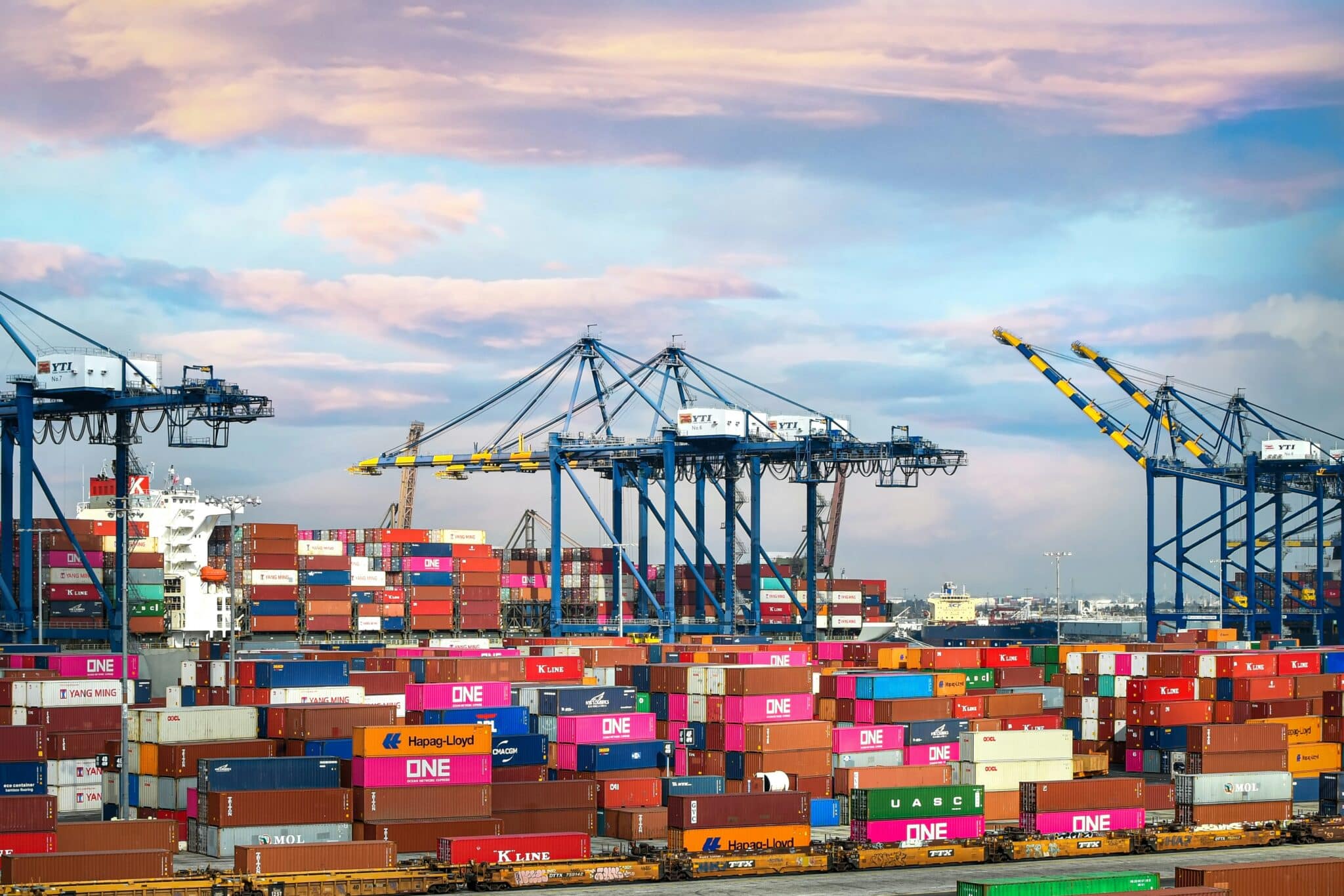Global strategy consultancy, McKinsey, published their report ‘Risk, Resilience and Rebalancing in Global Value Chains’ in August 2020. In the report they demonstrate that – whilst the impact of this year’s COVID-19 crisis is severe and in many ways ‘unprecedented’ – a global disruption perhaps shouldn’t be something that we should be surprised by.
Supply chain shocks are becoming more frequent and severe. McKinsey point to a number of drivers, all of which we have seen create disruption in the recent past:
- Acute climate change – storm Laura has just hit the US with 140mph winds
- Chronic climate change
- Macroeconomic / financial crises
- Trade disputes
- Pandemics
- Cyber attacks
- Terrorism
- Supplier issues
The headline-grabbing figure the research has produced is that companies can expect to lose 42% of one year’s EBITDA (Earnings Before Interest Tax Dividends and Amortisation) every decade due to disruptions.
- Disruptions of 1–2 weeks occur at a frequency of every 2 years
- Interruptions of 2–4 weeks take place less than every 3 years
- Just under once every five years there will be a disturbance of 2+ months.
Supply chain disruptions are costly. The biggest areas where McKinsey see vulnerabilities are:
- Demand planning and inventory management – highlighted as the greatest source of risk by the business leaders involved in the research
- Financial fragility – companies burdened with heavy debt or operating with little cash on hand have less room to manoeuvre.
Being prepared for disruption is extremely valuable. McKinsey’s research highlights that more prepared companies experience losses that are 23 percentage points lower than the average impact felt.
In their opinion, it all comes back to cash and agility – companies can build resilience by improving supply chain management and transparency and by strengthening the financial and operational capacity to respond.
Our advice for increasing resilience
- Get to grips with the data
- Turn the data into actionable information
- Insights and transparency in the value chain
- Prompts and alerts to drive decision making
- Pinpoint areas of risk and opportunity
- Strengthen your ability to predict issues
- Understand patterns of demand at a granular level
- Get a handle on lead times, transportation costs and their sensitivities to outside influence
- Build strong relationships with the links in the supply chain management
- Systemise the mundane and repetitive to release your people to build relationships and make the judgement calls required to deal with the unexpected
- Plan frequently and effectively – sales and operations planning (S&OP) should be expanded to become sales, inventory and operations planning (SI&OP)
- Optimise inventory – this will enable you to achieve ambitious service levels whilst also releasing working capital.
No one knows what the immediate future holds, let alone next year, but McKinsey’s report serves as a valuable reminder that the one certainty is more disruption and uncertainty to come.
Let us show you the impact that the AGR software can have upon your capability to deal with the unexpected – get in touch today to see just how much of a difference it could be making to your resilience.





